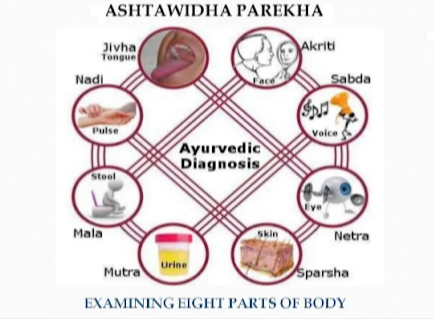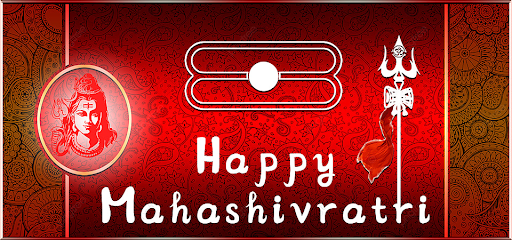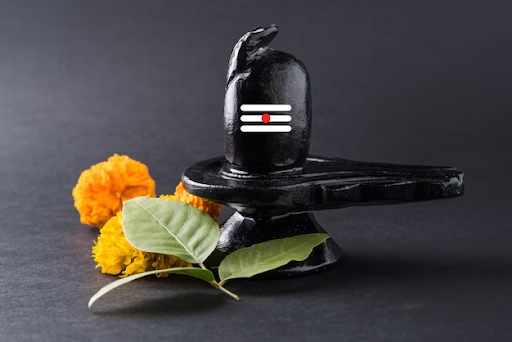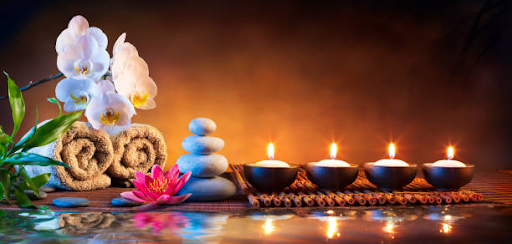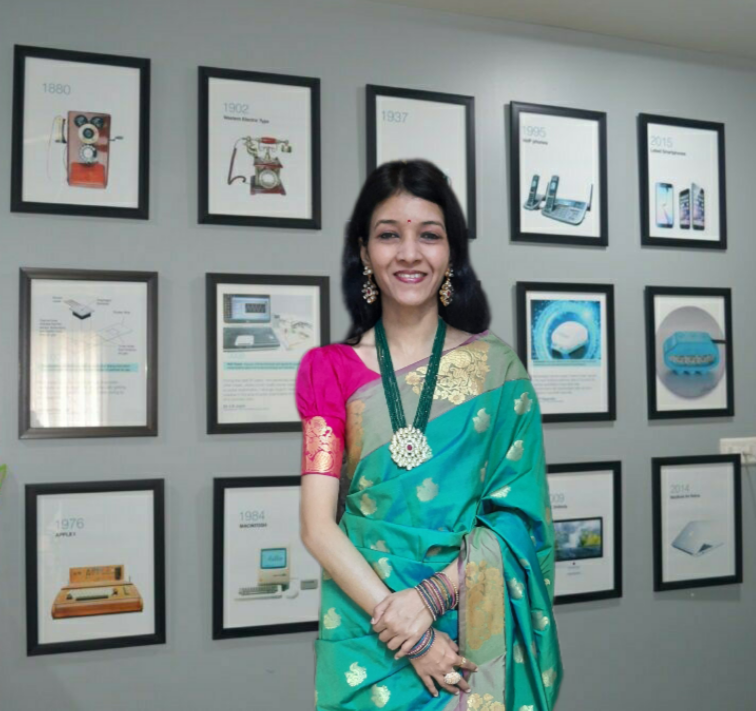Ancient Non – invasive health monitoring system – Ashtavidha Pariksha
Ayurveda is science of life, and it focuses on the complete physical, mental, social and spiritual health of an individual. The principles of Ayurveda are based upon Tridosha- Saptadhatu- Agni and its role in maintaining health harmony. Impairment of single or multiple elements often leads …
Happy Maha-Shivratri
Maha-Shivratri means the most important night of lord Shiva. Shivratri is celebrated on the 14th day of every month, one day before the new moon. Among the 12 shivratri celebrated according to the Hindu Calender in a year, Mahashivratri is the most important one generally …
All about Bilva (Bael)- From its significance in worshipping Lord Shiva to its medicinal values
The Bael tree or Bilva (in Sanskrit) is known for its spiritual and medicinal importance from years. Worshipping Lord Shiva cannot be completed without Bael patra. Its ternate leaves are called “Tripatra” (3 leaves) also commonly known as “Shiva Dhruma”. Hindus are known to offer …
It’s Time to Detox: Rekindling the “Self-Love mode”!!!
Hello…. How was your Valentine’s Day celebration yesterday? We are sure you are on the top of the world, feeling loved & pampered in several different ways. So, did you celebrate your Valentine’s Day with your Loved ones in a homely environment? Or did you …
Your soulmate Your Real valentine
Lets see your Love, relationship with a new perspective. Ayurveda explained different personalities and Prakruti. The three energies play a romantic role in our life too. The bond of love and affection starts when someone likes another’s nature, his or her company and feeling of …
Spirited in Love, Committed to Live!!!
“Love is in the Air” It’s February the 14th and with music of “Love is in the air” the spirits get uplifted to fall in love with each other while falling in love with the best food & wine. With years of change and liberation, …
Rediscovering Ayurveda with Atreya innovations – My journey
Evolution is a phase in which gradual, consistent processes of change and development occur. The same can be said about me. I have evolved gradually, carrying only the best with me and shedding off the things which hamper my growth. In this journey I have …
From glorious past to bright future: Parag Kulkarni
A Brief Glance at Background I finished my M.Tech from IIT Bombay in 2008 and immediately started my career with Juniper networks. During the course of 14 years, I had worked with many MNCs in various domains ranging from Networking, Semiconductors, Wireless communications etc. It …
An Evolution that leads towards progress.
Evolution is the necessity for growth and development. Such evolution has been happening since the past and it is still an ongoing process. Each and every part of the Universe is evolving through transformations, by adjusting to their changing environment. These transformations are mostly good …
“We create our own Evolution story”- the story of My Indian Start-up journey!!!
The new visionaries say, “Evolution is the only Constant”. Every person experience “Evolution” in his/her life events. Some pave the way to new & inspiring stories; some get in the way as motivating hurdles. Good or Bad both shape your journey into a “Evolutionary being”. In …

